Rock solid
The artful integration of boulders in landscape design

Boulders, these rugged and imposing giants, may seem like an unlikely trademark for landscape design. Yet, a stroll across any community developed and projects executed by GoodEarth reveals the mesmerising integration of these rocks.
Here, boulders transcend its physical presence melding into the landscape, enhancing it in ways both subtle and profound. Its inclusion adds depth and texture to the scenery, while its rugged contours unite with the natural environment. It serves as focal points, triggering visual interest and encouraging the viewer to explore. Boulders provide stability and structure to the landscape, anchor the design and ensure its longevity; its significance thus extends beyond aesthetics.
Rather than imposing themselves upon the scene, they become a natural extension of the overall area, as though they were a part of the existing nature from before; exuding a sense of steadiness and a connection to the natural setting.
Here, the boulders are not simply plopped down haphazardly; instead, they are carefully positioned to mimic the natural contours of the land, creating a sense of harmony and balance. The magic lies in the meticulous placement and thoughtful design that goes into each community or project. Whether nestled among foliage or bordering a water feature, the boulders seem as though they’ve been there forever, witnessing the passage of time with poise.
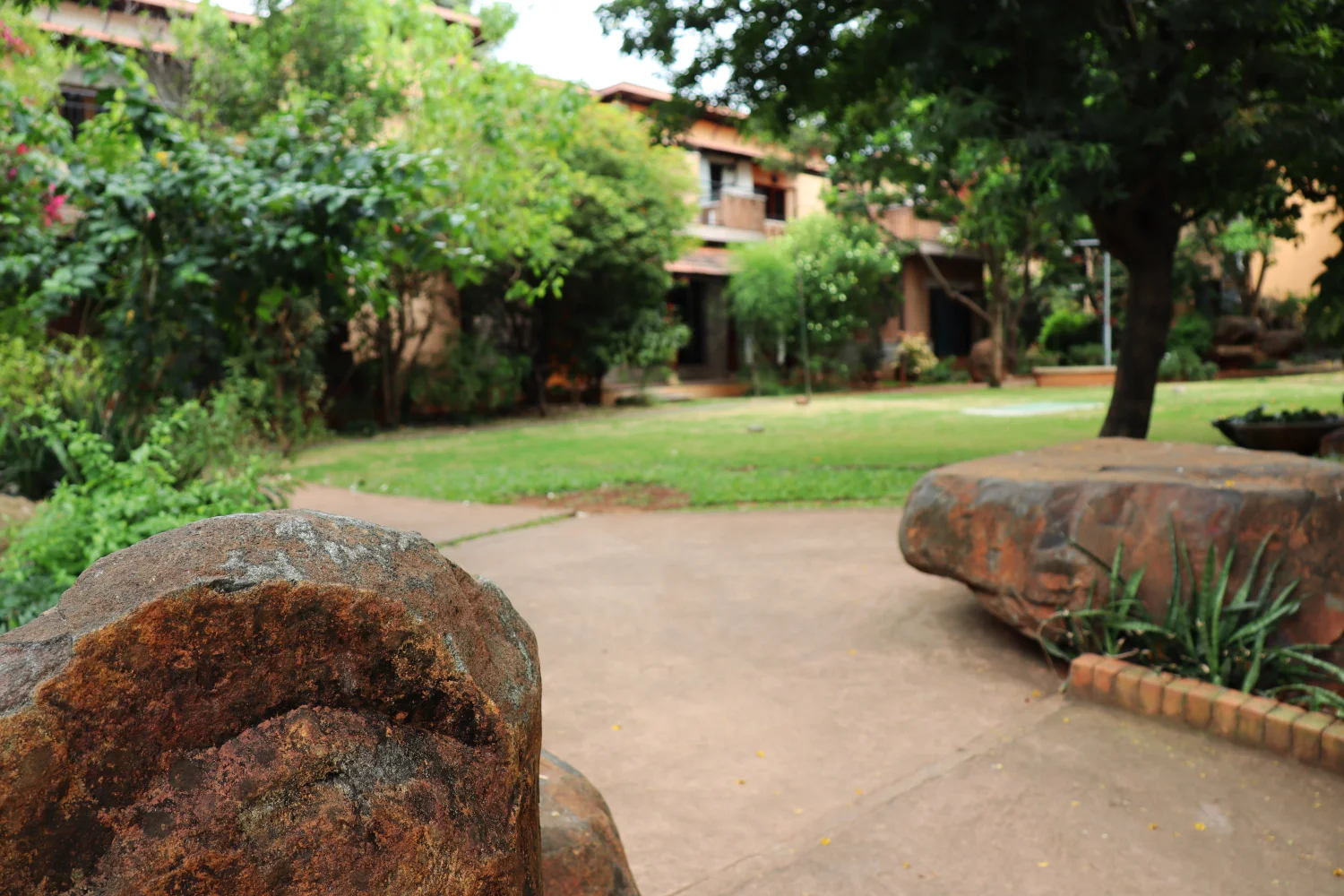
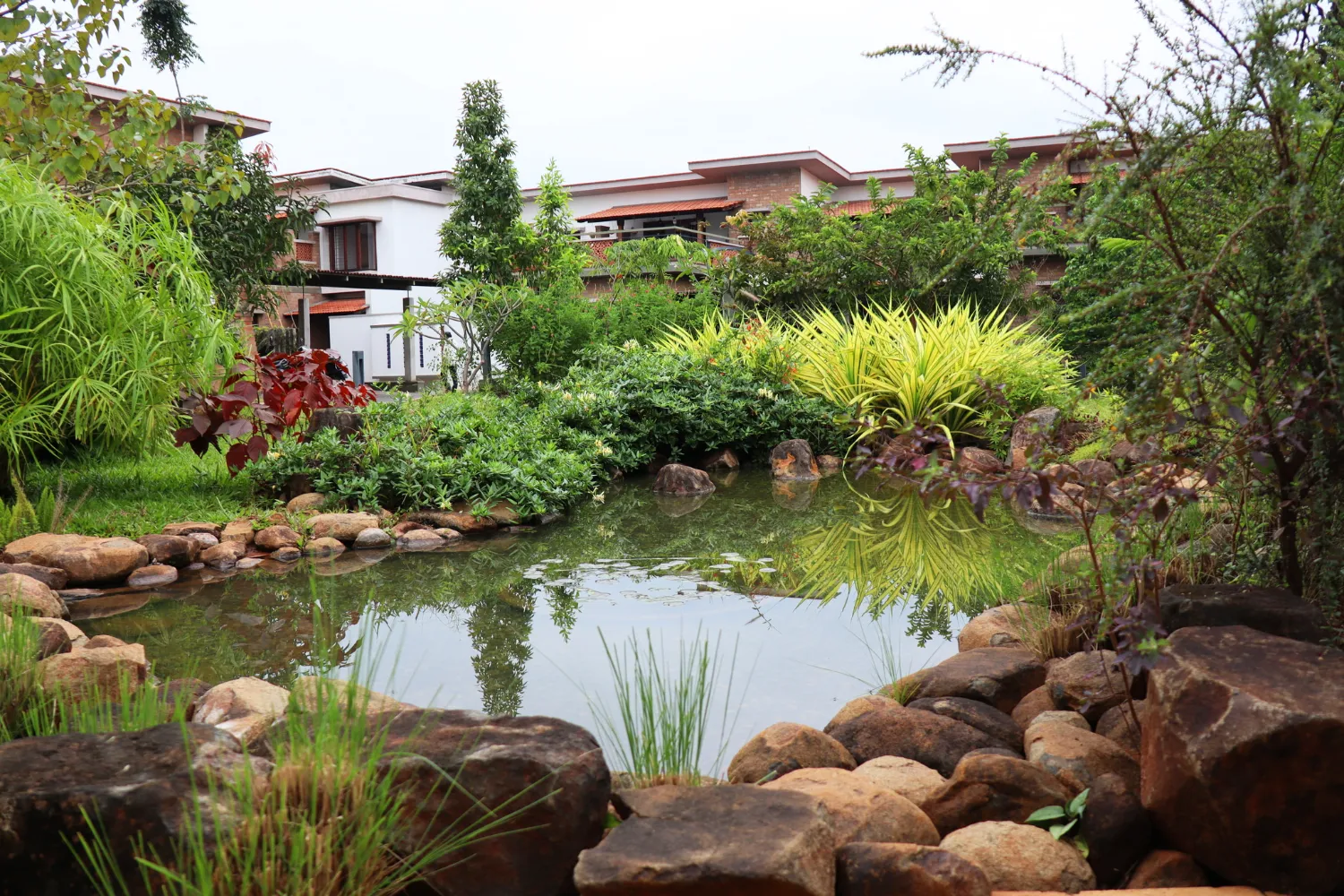
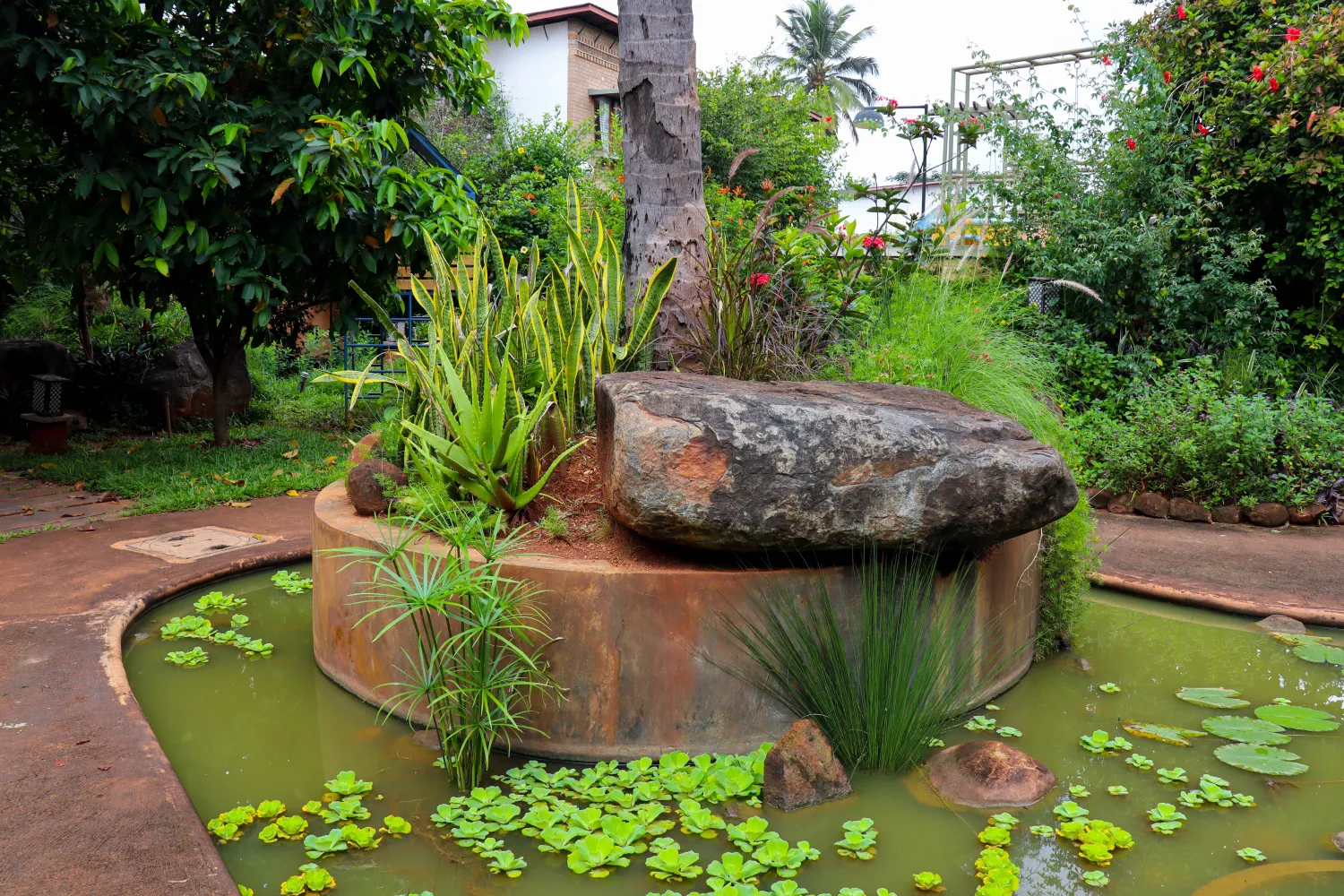
Let’s take a stroll through some of our communities, where boulders take centre stage and uncover the myriad ways in which boulders have been integrated as a key landscaping element.
1. Seating
Whether it’s a large rock with a flat surface embedded to act as a seat in a park overlooking the greenery or serene water body, or rocks supporting weathered flat chappadi stones that act as benches along a walkway, the rocks are merged within the design to function with the natural ambience they create.
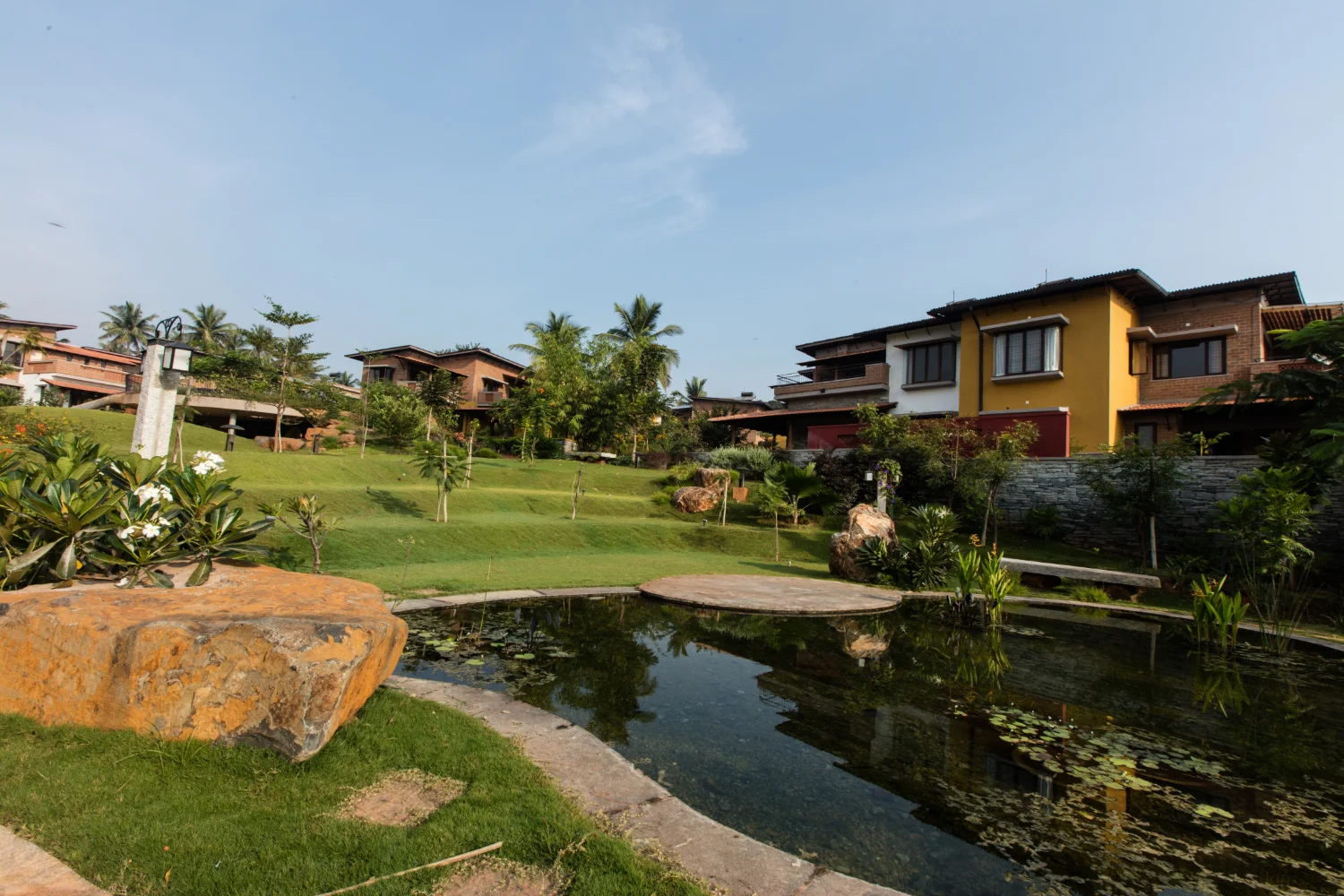
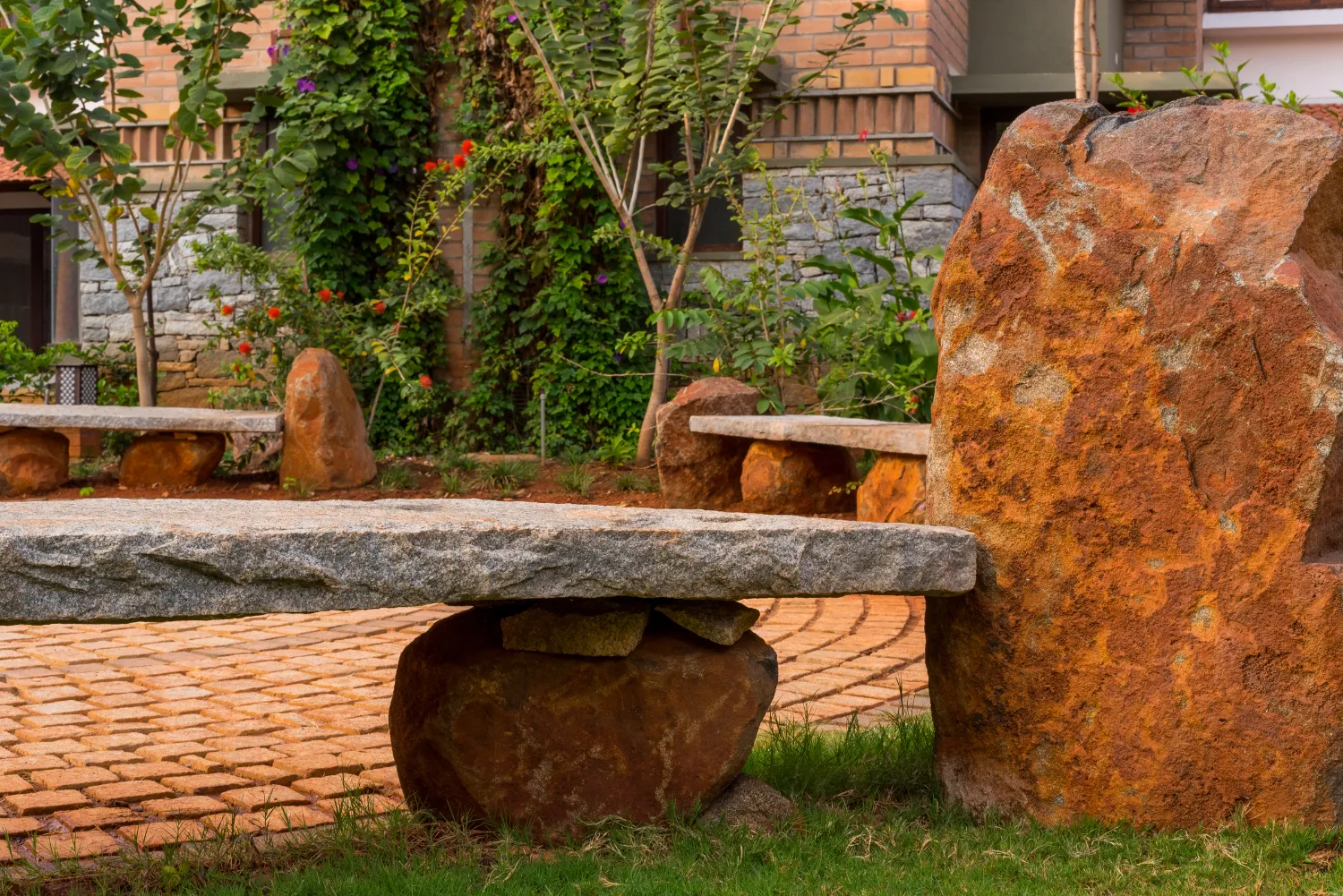
2. Stepped retaining wall
By stacking the boulders with its flattened surface along the sloping wall, it gives stability and also serves as natural steps for children and youngsters to climb on creating a playful element.
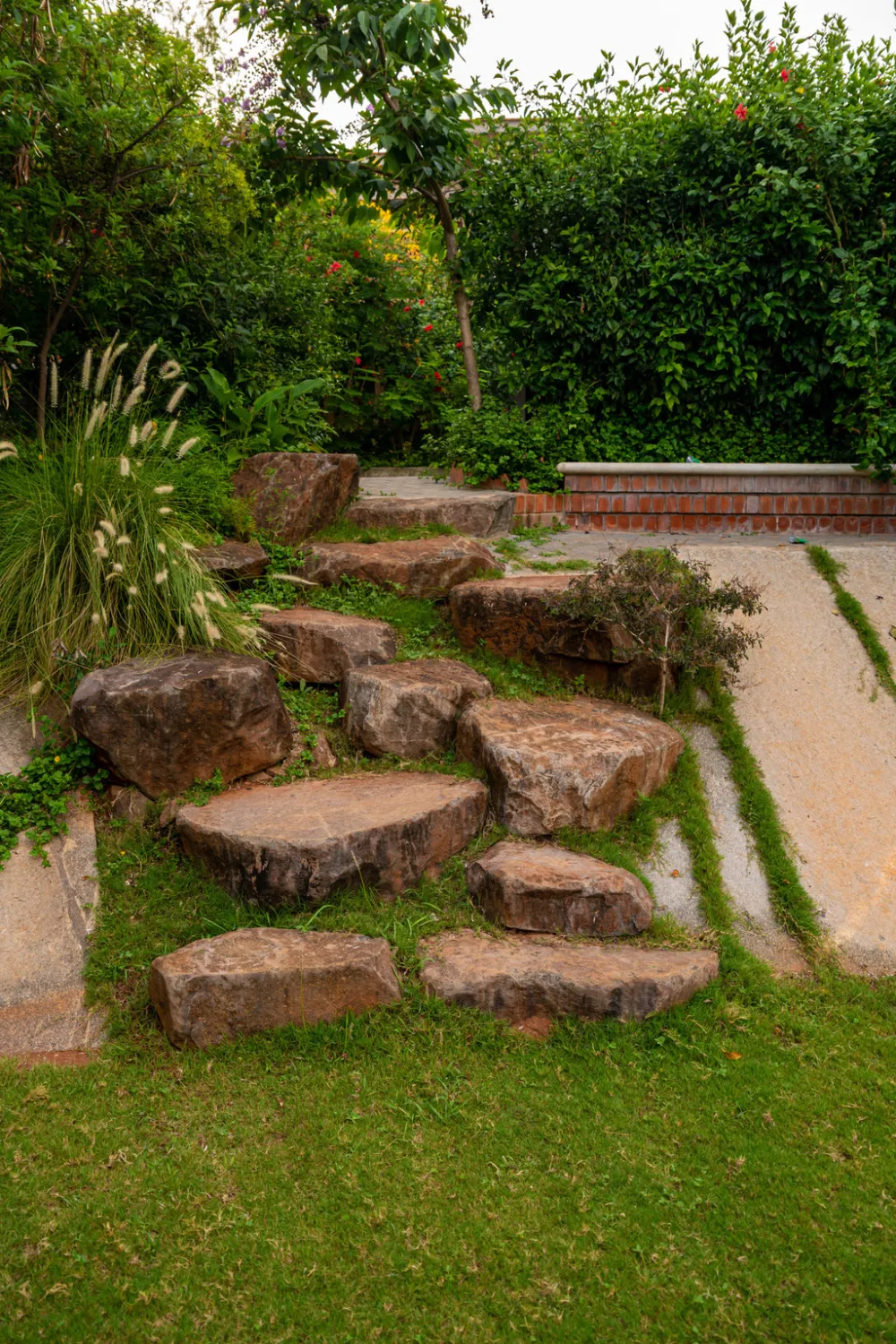
3. Edging
Irregular boulders line the stone steps on either side, providing a natural and visually appealing border that helps prevent soil erosion and enhances the overall aesthetic.

4. Boundary to the pond
Acting as an extension of the park, the boulders forming the pond boundary delineate the water’s edge, harmonising with the landscape.
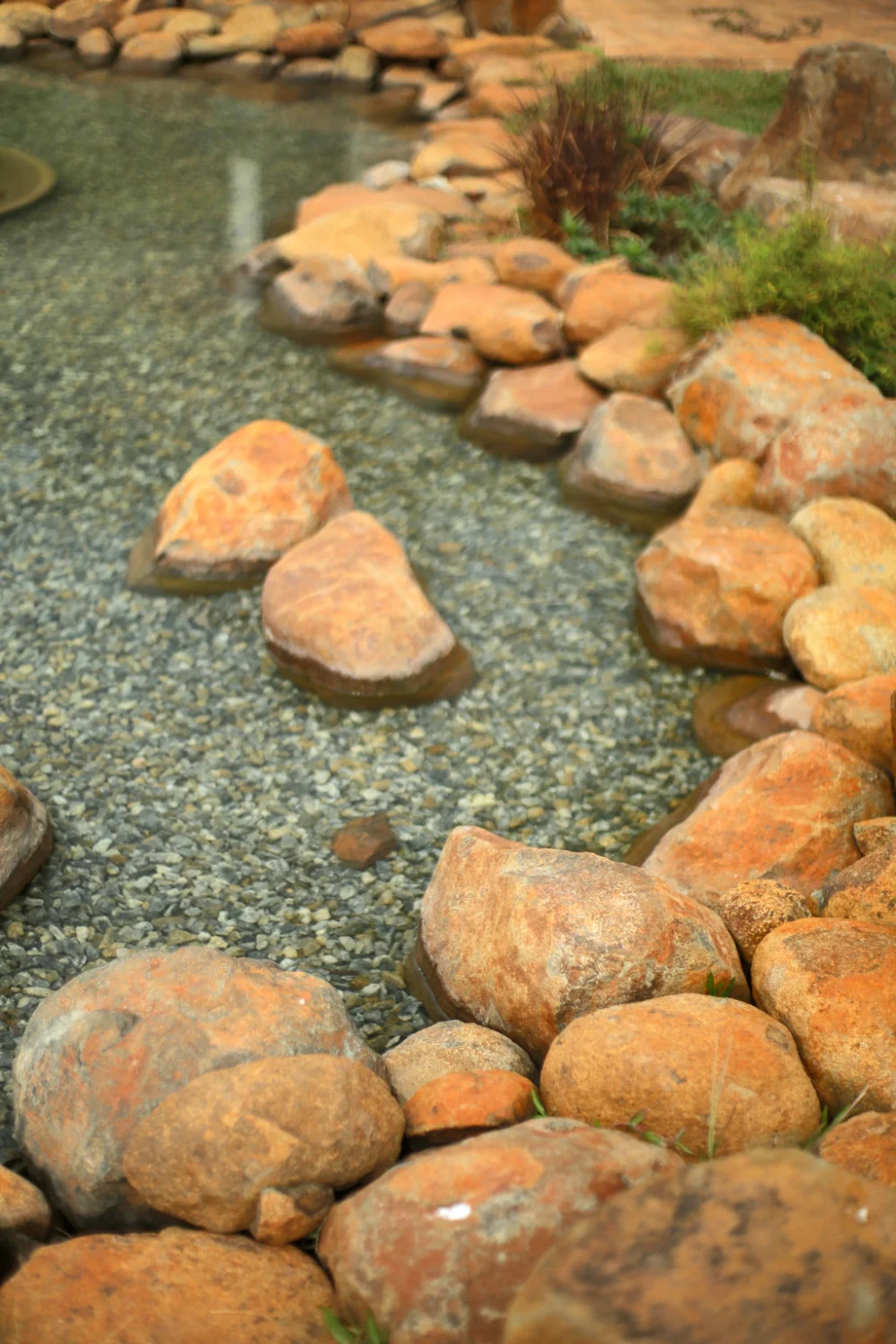
5. Coping in a swimming pool
A giant boulder is used as a coping which anchors the design giving a natural feel to the otherwise straight angles in the pool.
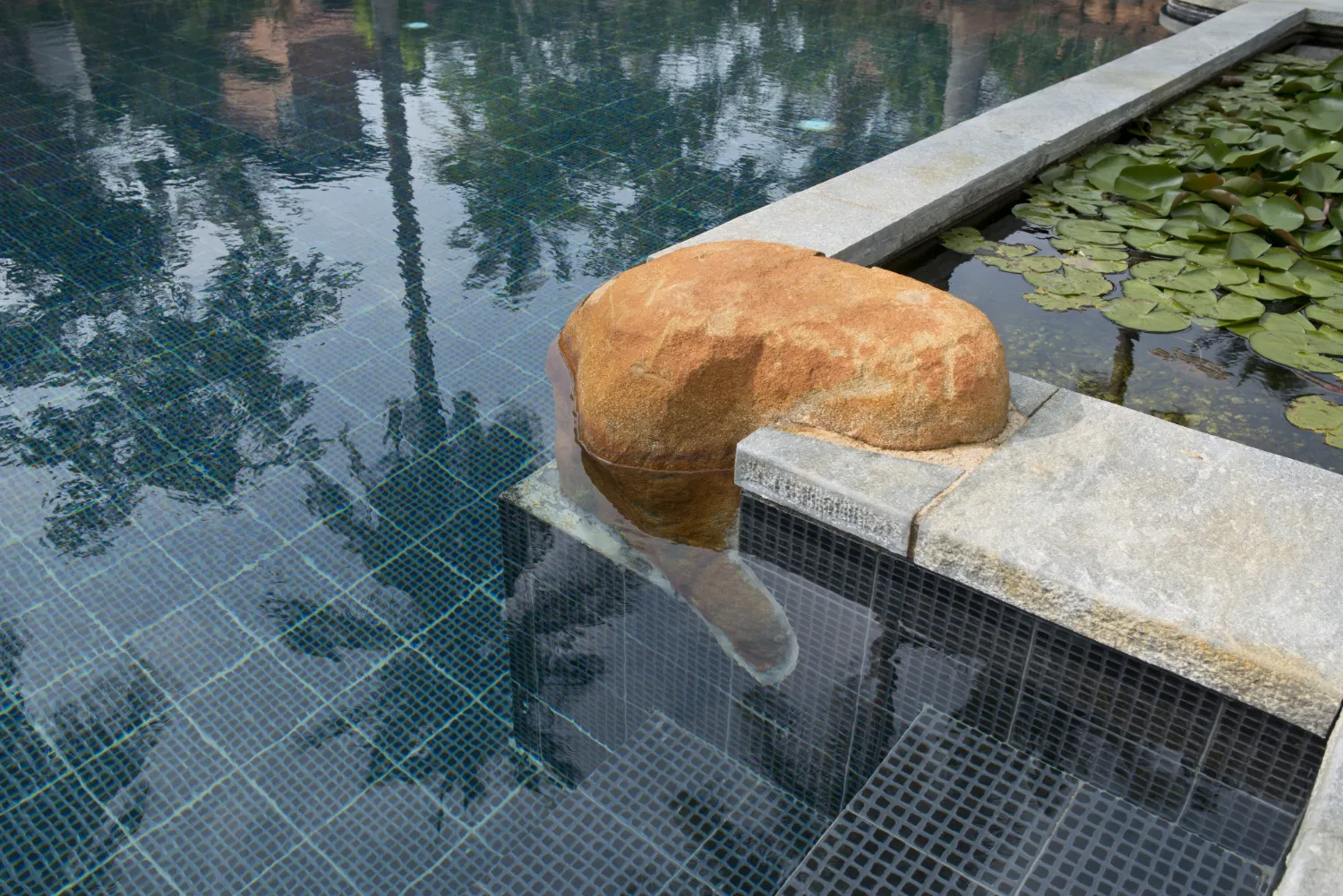
6. Compound wall
Pushing the boundaries of creativity, the threshold formed by boulders at the entrance of Malhar Medley stands as a testament to the versatility of boulder walls beyond traditional park or garden settings. At the entrance, this feature wall has become a popular ‘selfie’ spot, offering a glimpse into the community’s character.
The concept evolved from creating a threshold with minimal built structures, seamlessly extending the undulating landscape. Hundreds of fieldstones gathered from nearby yards were assembled on-site, ensuring both stability and aesthetic appeal. Each stone was carefully placed to enhance its natural beauty and contribute to the overall allure of the wall.
This departure from conventional norms provides a sense of enclosure without confinement. The result is a space that feels open and inviting, while still maintaining a distinct sense of boundary and a character of its own.
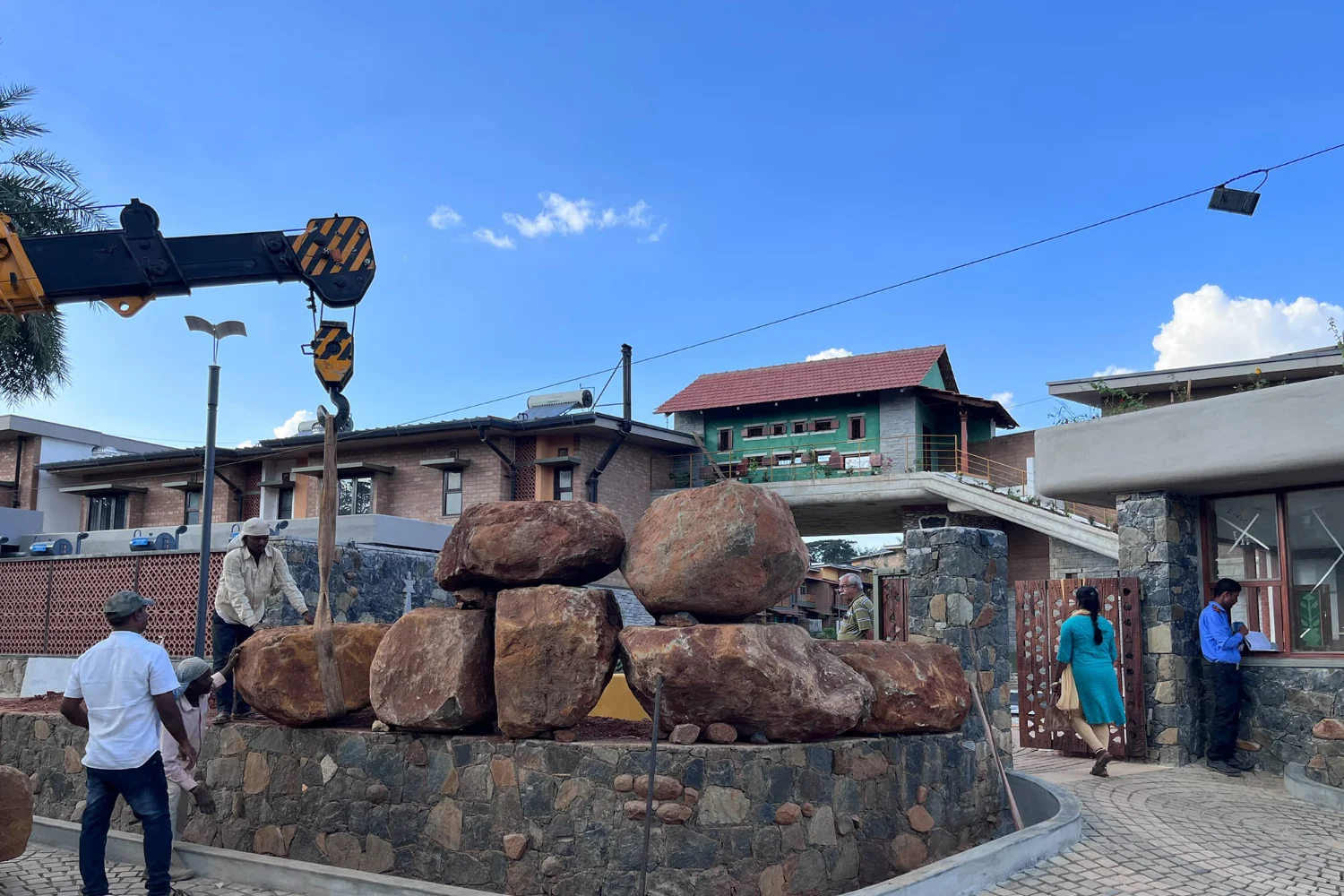
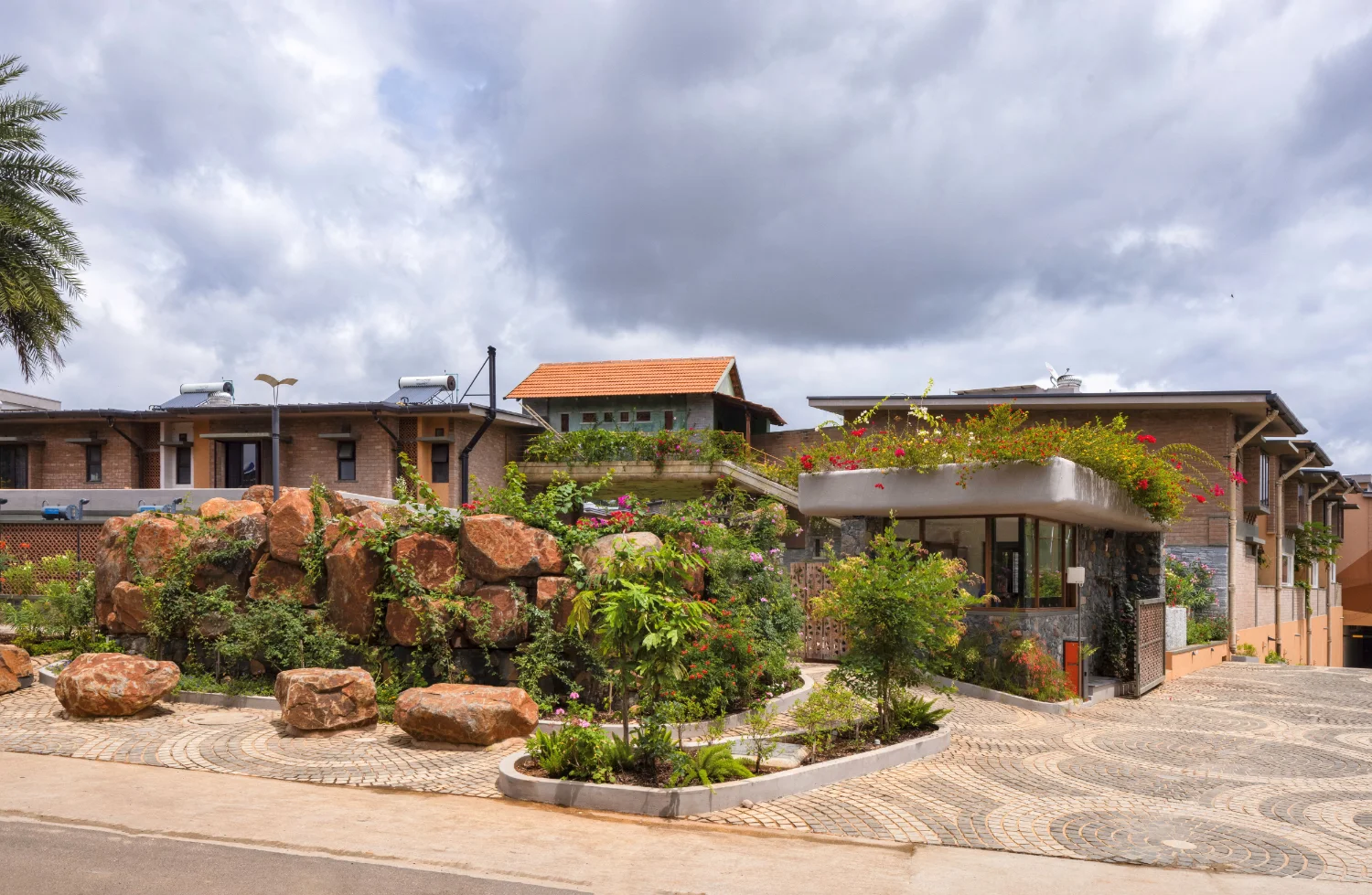
The diverse array of communities showcased points at how the appeal doesn’t solely rest in the physical presence of these monumental rocks. What’s key is the fine craftsmanship ensuring they blend into the landscape, inviting individuals to connect with nature in meaningful ways.
As we continue to explore new ways to harmonise built environments with the natural world, the humble boulder stands as a symbol of the enduring beauty and resilience of our landscapes.

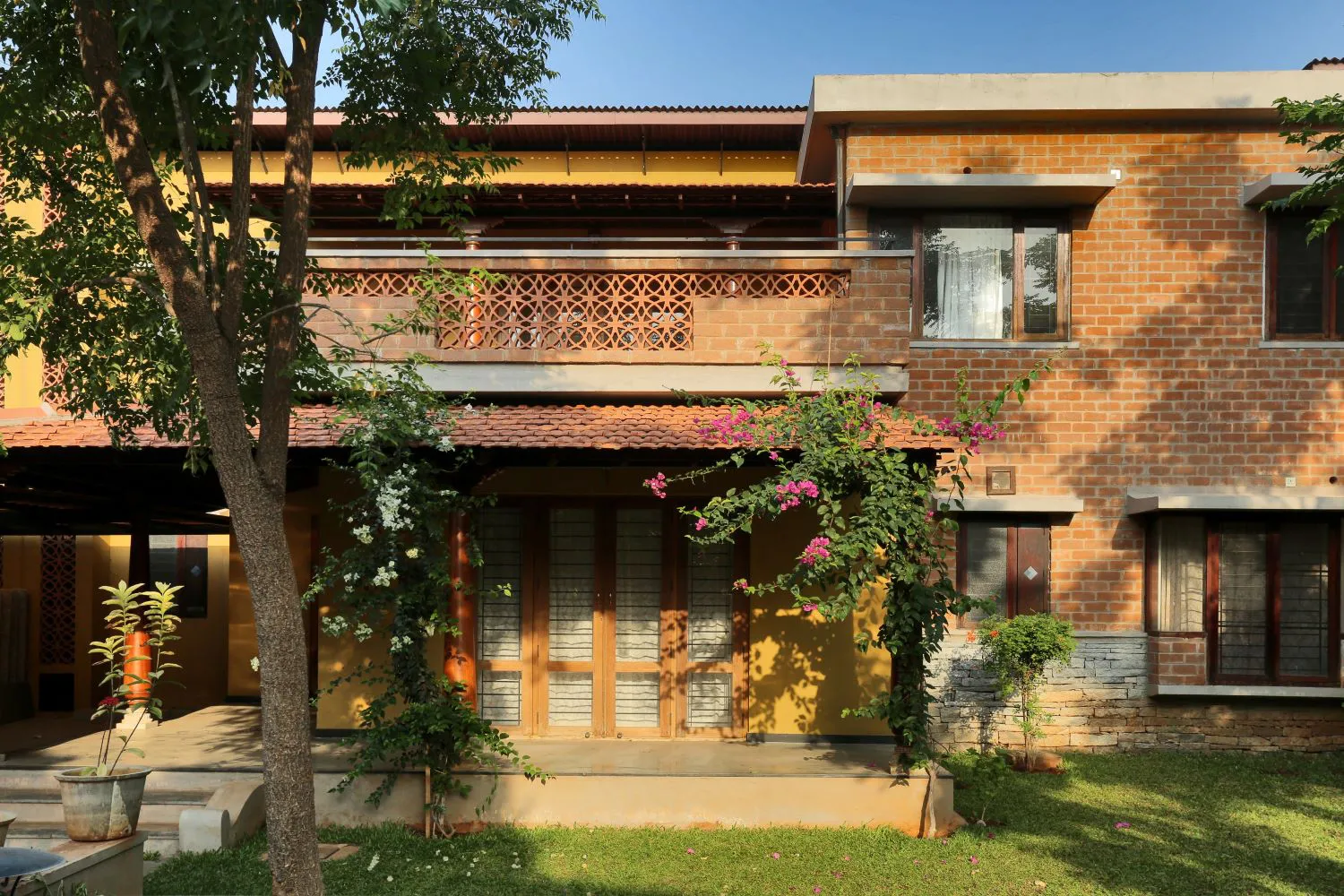
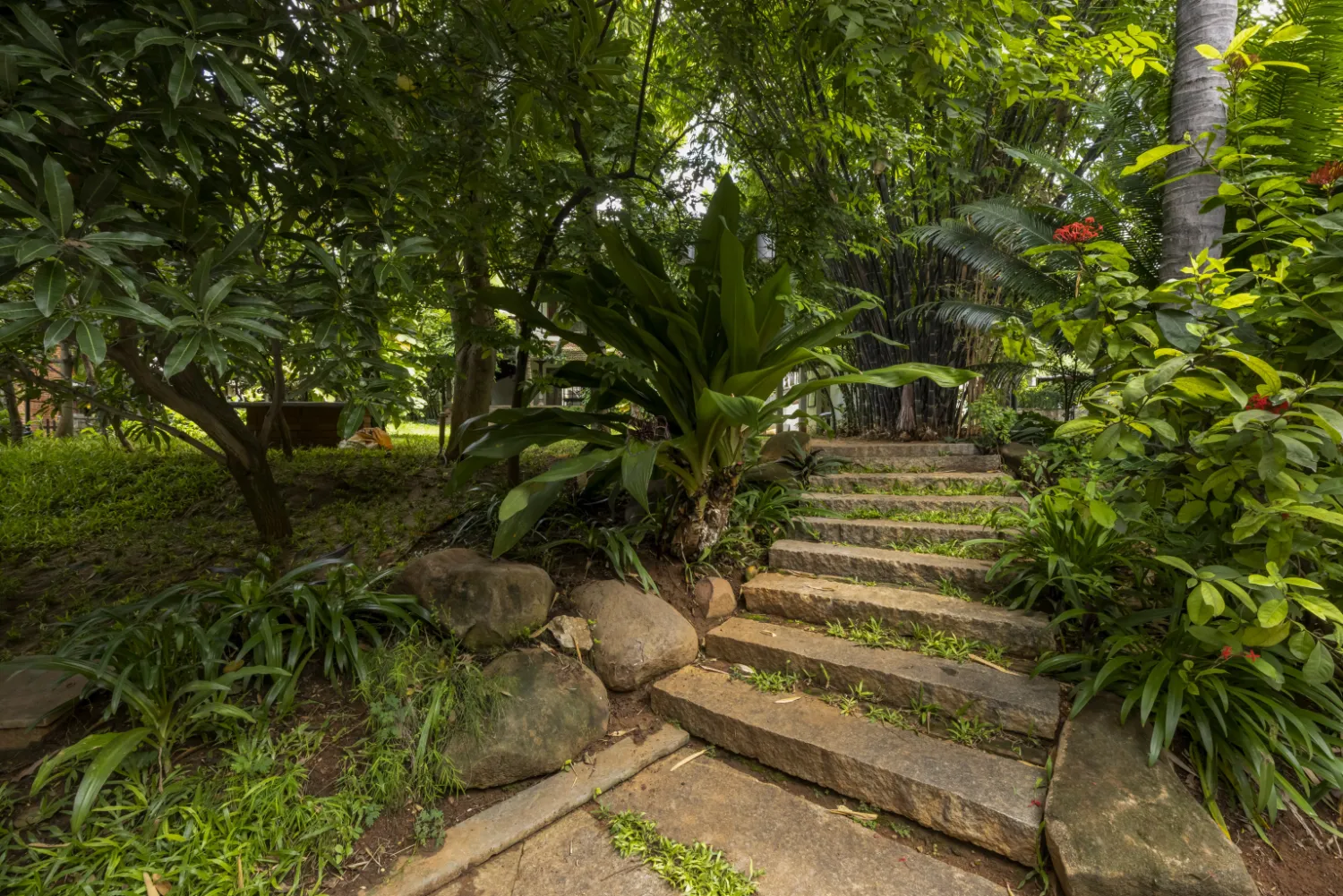
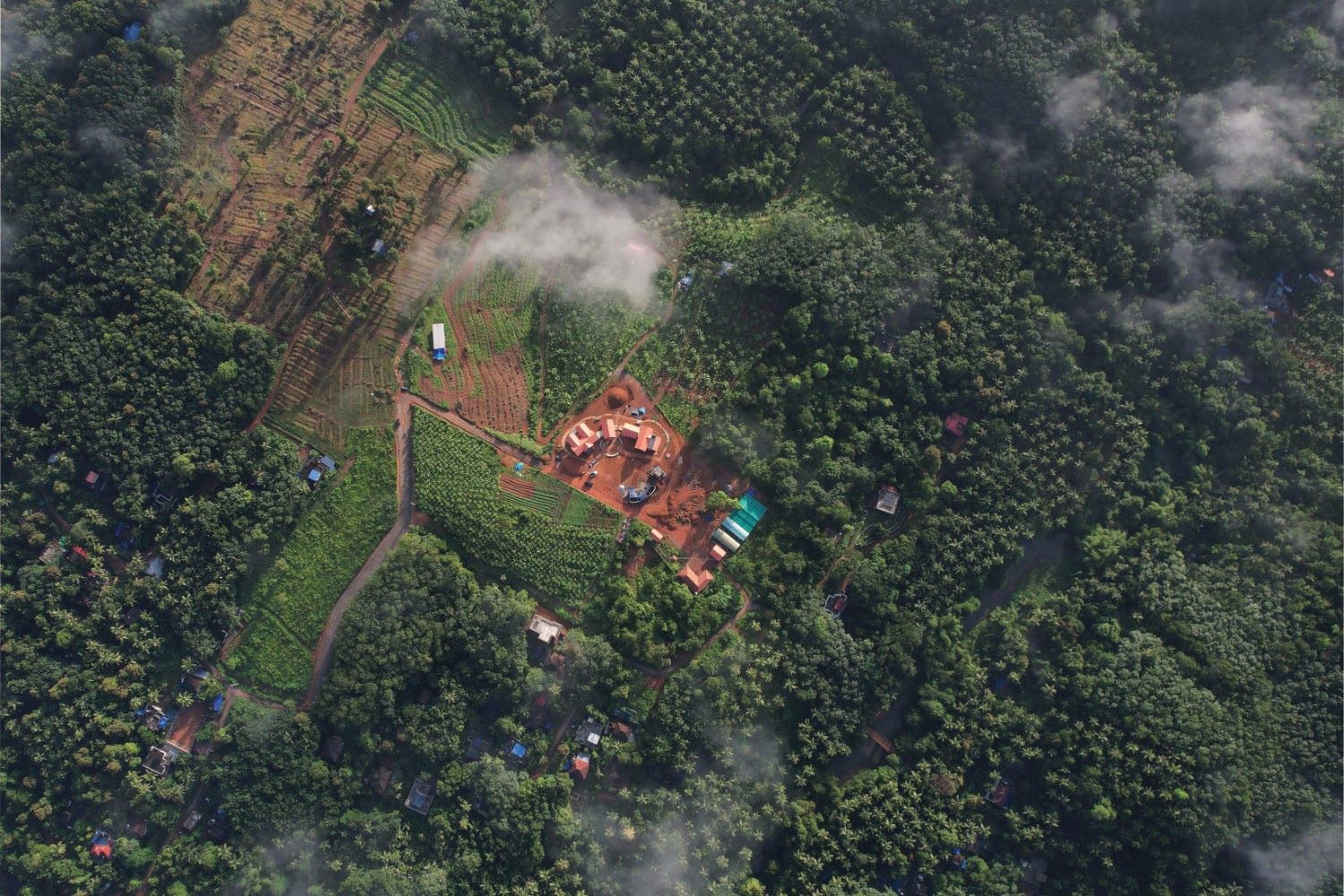
Leave A Comment